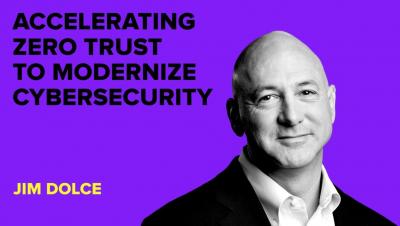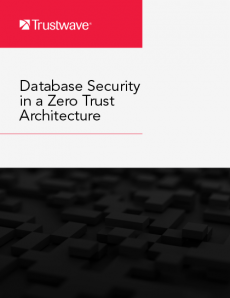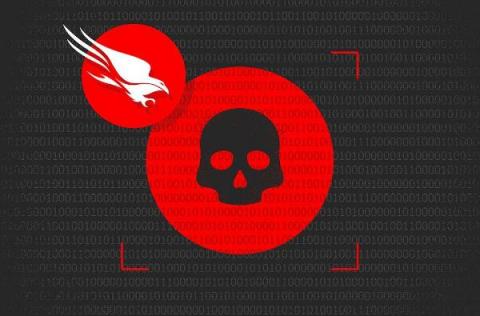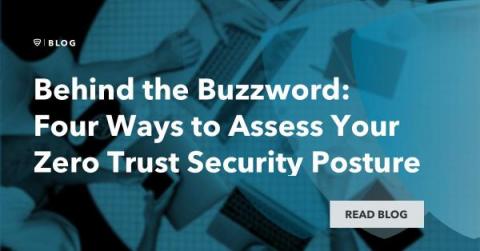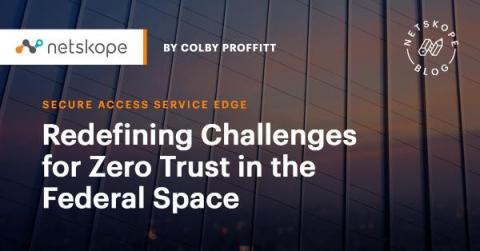Security | Threat Detection | Cyberattacks | DevSecOps | Compliance
January 2022
Database Security in a Zero Trust Architecture
Absolute Appoints Nuvias as Benelux Distributor
Zero Trust Integrations Are Expanding in the CrowdStrike Partner Ecosystem
Organizations need to stay ahead of the ever-evolving security landscape. It’s no secret that Zero Trust security is crucial for successful endpoint protection. Due to the rapid transition to a remote workforce and shift from the traditional data center into dynamic cloud infrastructure we’ve witnessed in the last year, more and more companies are finding the need to accelerate their digital transformation to keep pace with the expanding threat surface.
Cybersecurity: What to Expect in 2022
As the pandemic continues, organizations around the world are working hard to adapt to the “new normal.” This article highlights the key trends that we will face in 2022 and beyond. Ransomware attacks more than doubled in 2021 compared to 2020, with healthcare and utilities the most commonly targeted sectors. Moreover, attacks are getting more expensive, with the average ransomware payment leaping from US$312,000 in 2020 to $570,000 in 2021.
Endpoint Enigma | Let's Get Real About Zero Trust: How To Assess Your Security Posture
Behind the Buzzword: Four Ways to Assess Your Zero Trust Security Posture
With just about everything delivered from the cloud these days, employees can now collaborate and access what they need from anywhere and on any device. While this newfound flexibility has changed the way we think about productivity, it has also created new cybersecurity challenges for organizations. Historically, enterprise data was stored inside data centers and guarded by perimeter-based security tools.
Merge Results from Two Data Sets
Redefining Challenges for Zero Trust in the Federal Space
President Biden’s Executive Order 14028 to improve the nation’s cybersecurity and protect federal government networks, was released more than half a year ago. At the time, one of the most exciting aspects about it was the multiple uses of the term “zero trust,” as Netskope discussed in a blog at the time. However, it’s clear that federal agencies are still working out the specifics of how to actually approach implementing zero trust.
Integrity: A Key Facet of Zero Trust
On May 12, The White House published its Executive Order (EO) on Improving the Nation’s Cybersecurity. The directive outlined a set of focus areas intended to improve cybersecurity for the federal government and critical infrastructure sectors including information sharing, supply chain security, endpoint detection and response, and cloud security.


